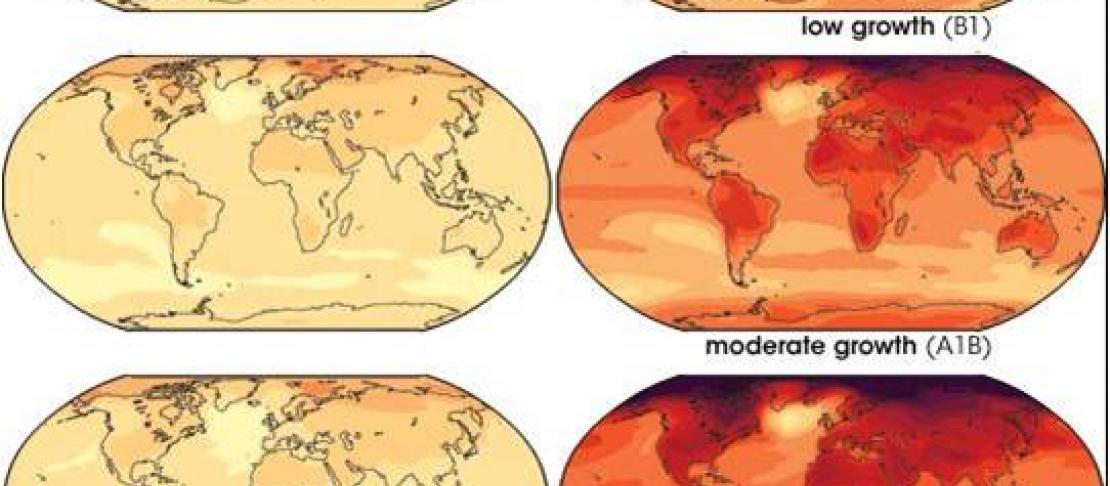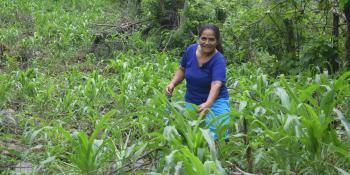Mapping and Connecting Climate Analogues

An analogues project launched in August 2010 will map climactic and agricultural analogues in an effort to share coping and adaptation strategies, as climate effectively migrates.
According to scientific projections, climate change will progressively affect regions around the world, with significant implications for agricultural enterprises. Farmers, ranchers, and fishers have long adapted to annual climate variability and passed on that knowledge from generation to generation. However, the scope of anthropogenic global warming may change the conditions in a certain area more quickly and more drastically than traditional adaptation methods can handle. Centuries-old coping mechanisms may be insufficient, even obsolete--but only for that area.
Climates, then, will effectively migrate: As the temperature rises in one cool area (A), it will resemble a warmer climate (B), whose climate will also transform into another (C). In simplest terms, CCAFS' analogues project hopes to use current and past climatic data, as well as projections into the future, to identify and connect these sites (A,B,C). This process would then create a knowledge chain through which strategies and farming information could be passed down and shared. To facilitate such institutional learning, the model and all relevant information will be hosted a web platform, as part of the "CCAFS Adaptation and Mitigation Knowledge Network" (also unfolding now; relevant blog post to come!).
The challenge of identifying analogues lies in finding a balance between precision, comprehensiveness, flexibility, and usability. Analogues can be (geographical) sites or (temporal) years with statistically or mathematically similar conditions. The analogues need to be detailed enough (i.e., have high enough "spatial resolution") to do site-level analyses, without being overly dependent on the assumptions made during the fine-tuning ("downscaling") process. (Indeed, certain scientists have critiqued downscaling for increasing uncertainties beyond acceptable norms.) Moreover, analogues must primarily take into account climate, but good models also reflect additional factors, such as soils, crops, and socioeconomic demographics. Analogues must demonstrate flexibility too, allowing users to: examine specific time periods ("time slices"); run through different scenarios (e.g., warming of 2 degrees Celcius vs. 2.5 degrees Celcius); and examine specific/various aspects of climate similarity (e.g., number of dry days); et al. Lastly, the end goal of the project is an implementable online tool that provides insight into crop vulnerabilities and supports field evaluations of adaptation options for 2030 and beyond, so the analogue must be easily automatable onto the web.
After an open call for proposals, the CCAFS T5 team selected the project, "Using agriculturally meaningful measures of climatic similarity to identify present and future analogue climates," which will be undertaken by Dr. Tom Osbourne and Dr. Josh Hooker, under the direction of Professor Nigel Arnell of the Walker Institute for Climate System Research at the University of Reading in the UK.
--
Photo credit: Andy Jarvis, July 2010, CGIAT-CIAT-DAPA presentation on Andean agricultural vulnerability


